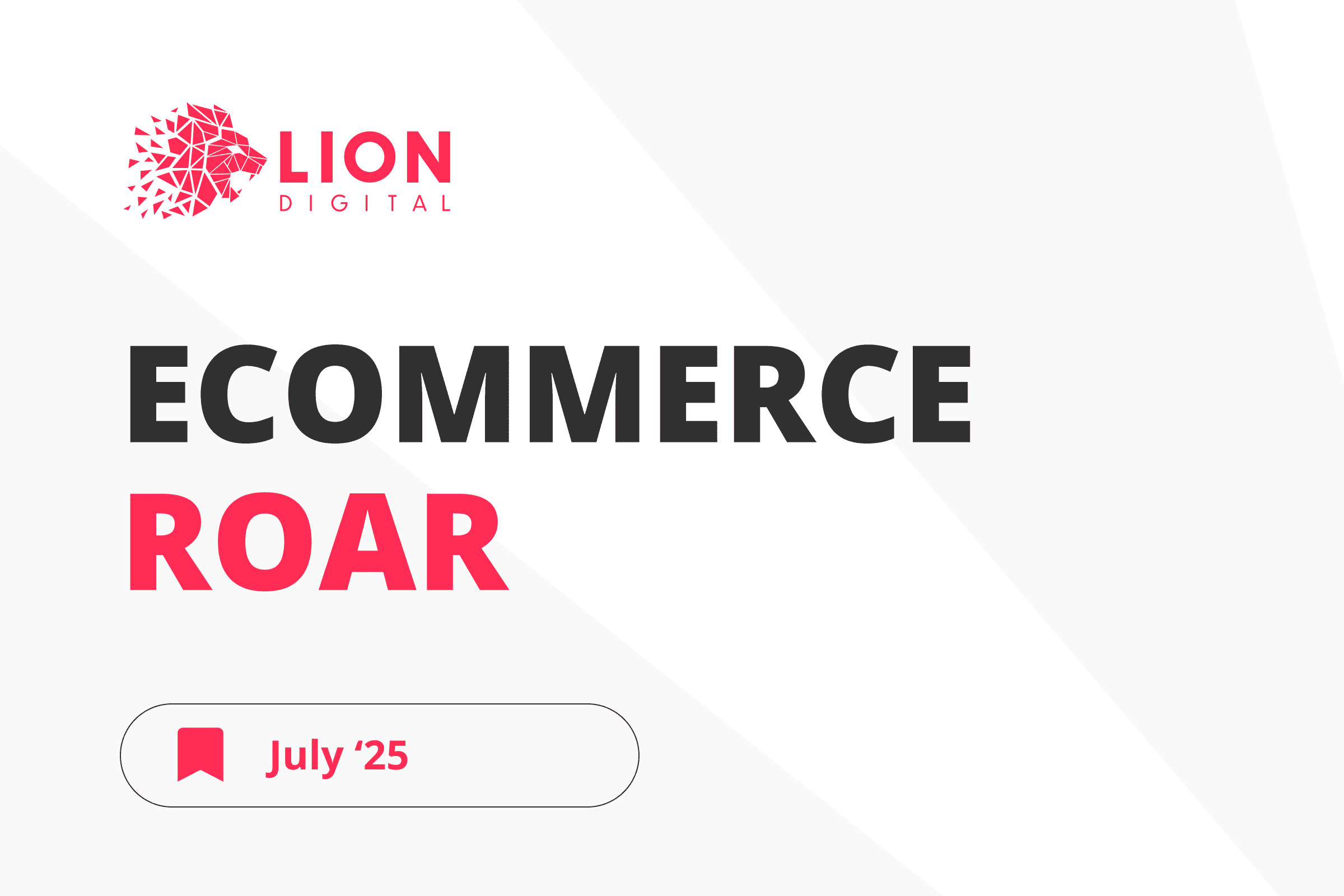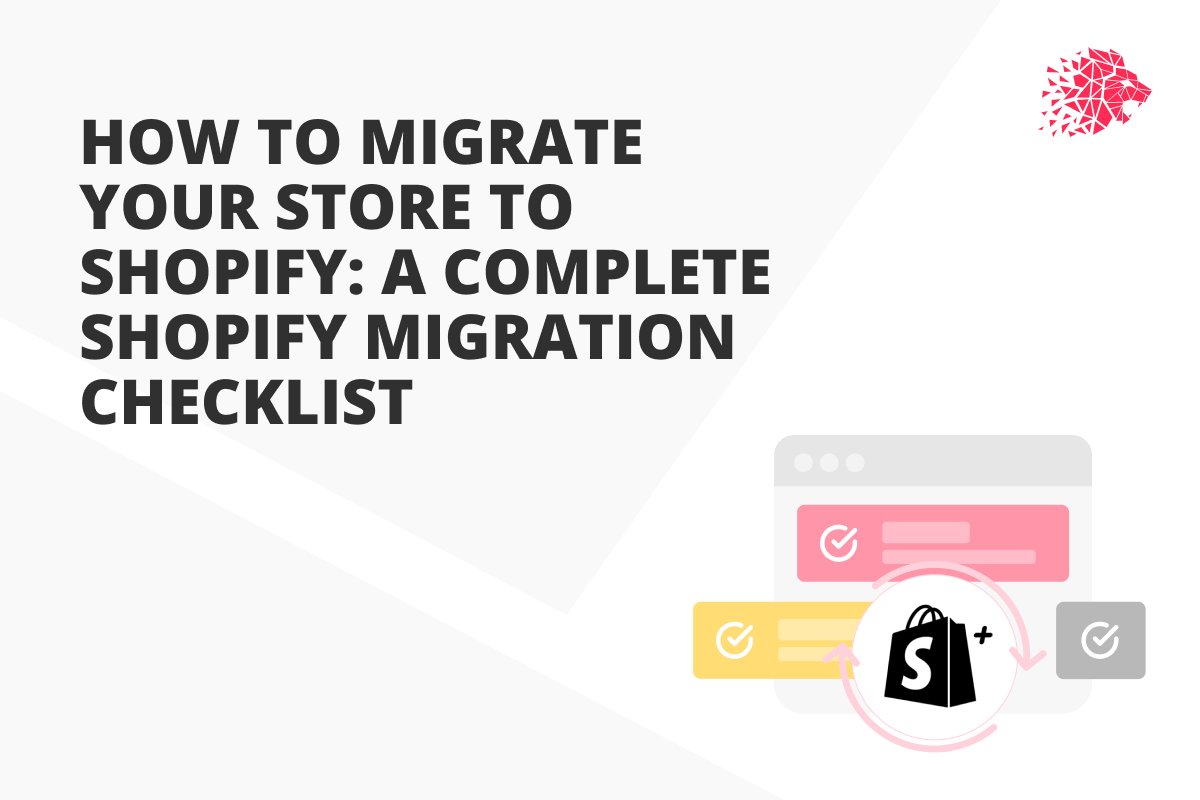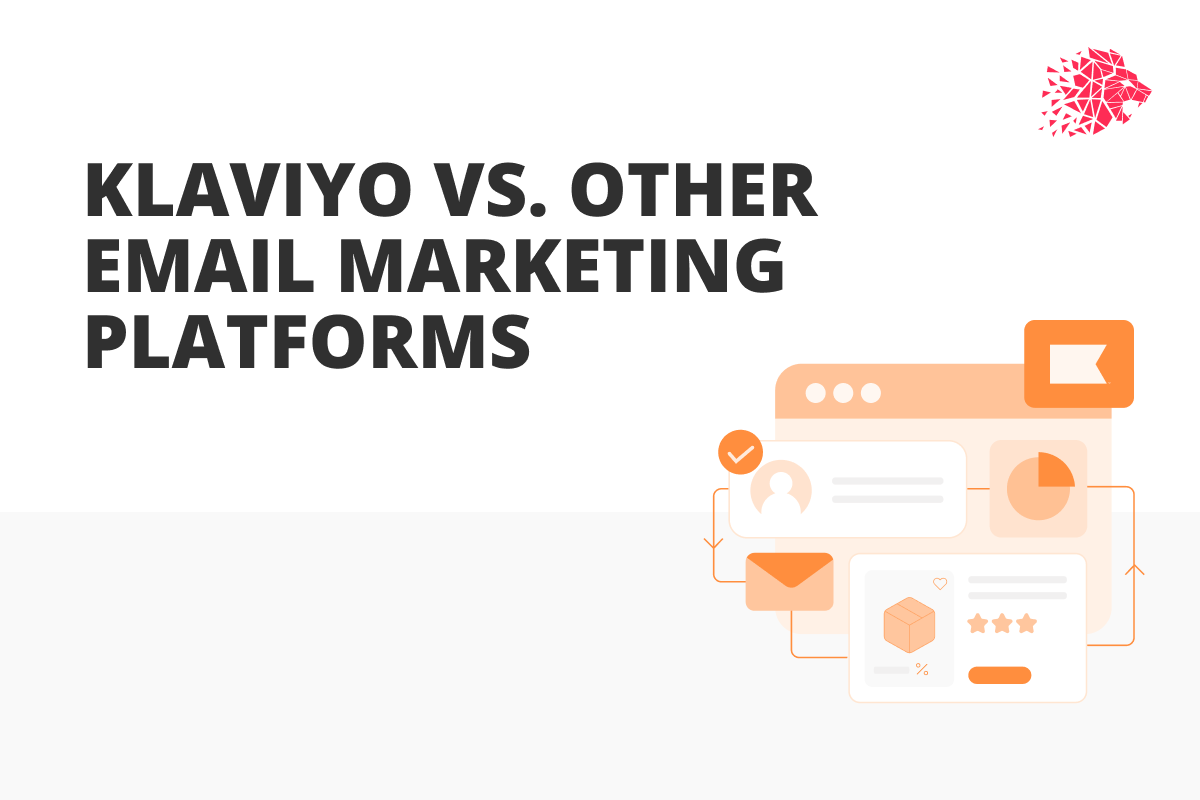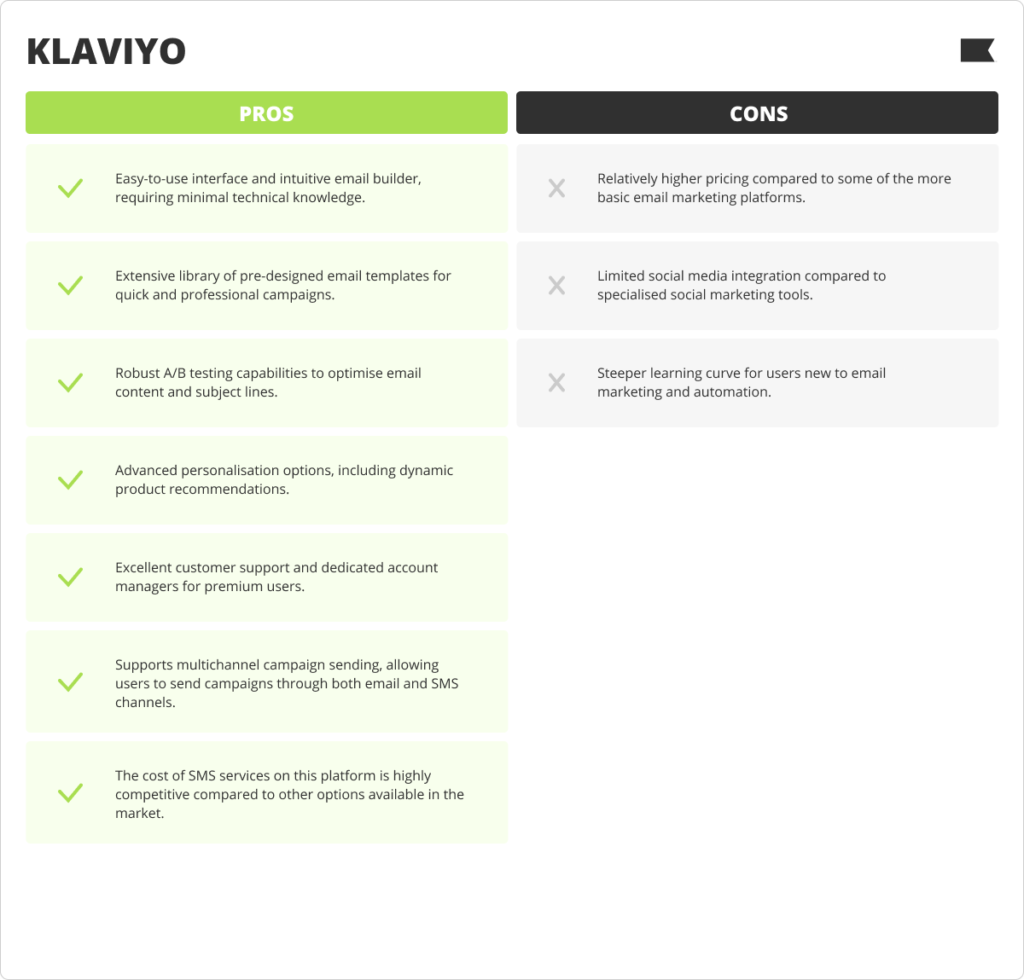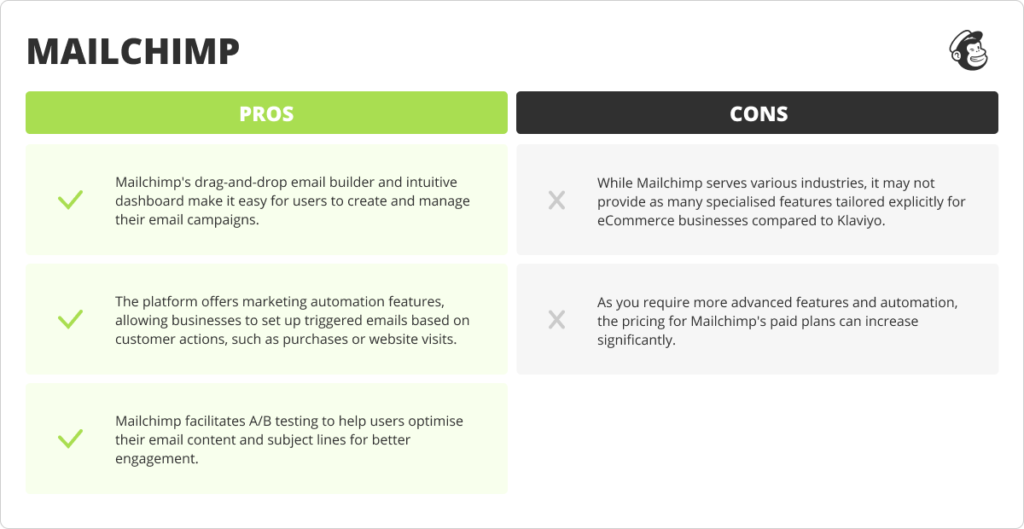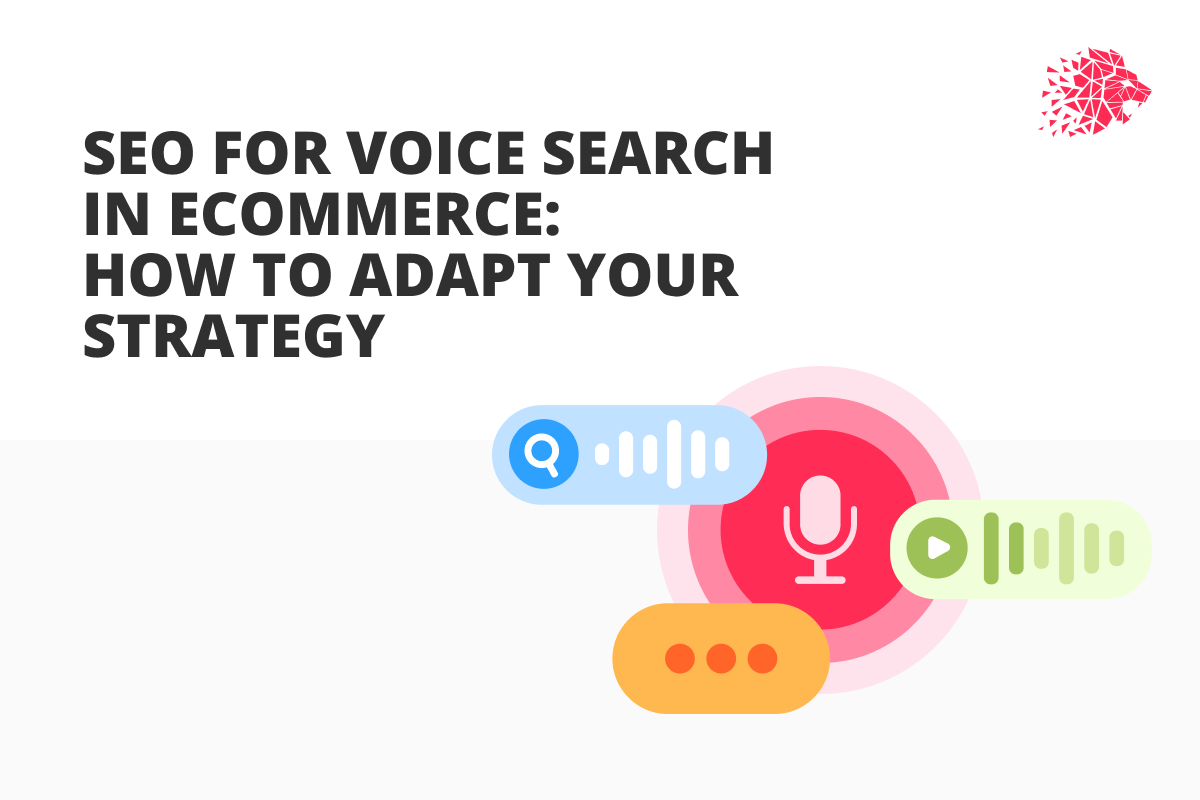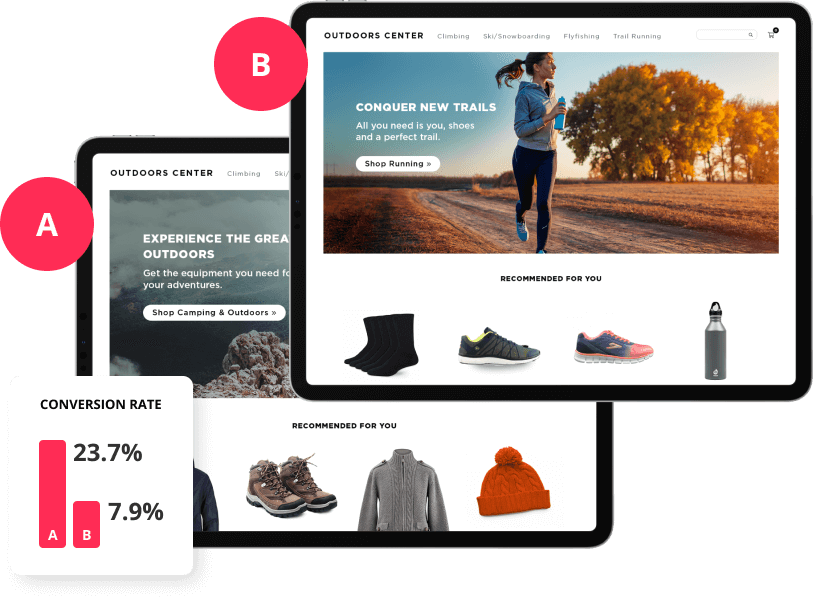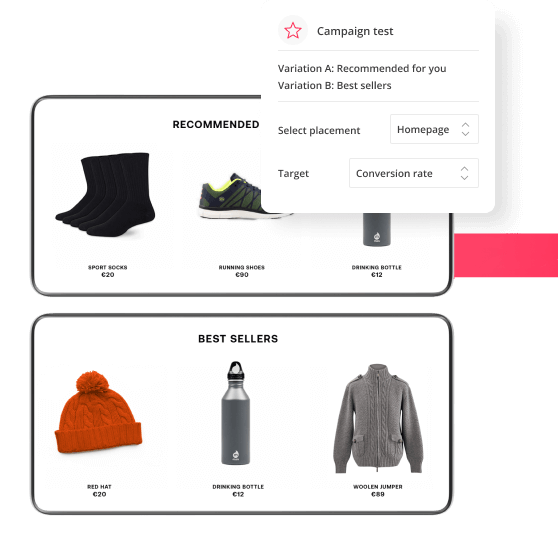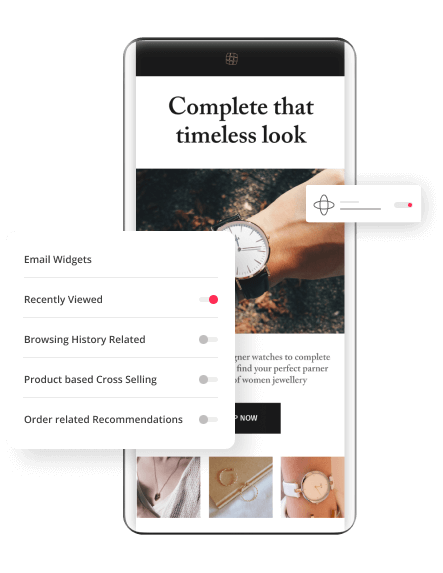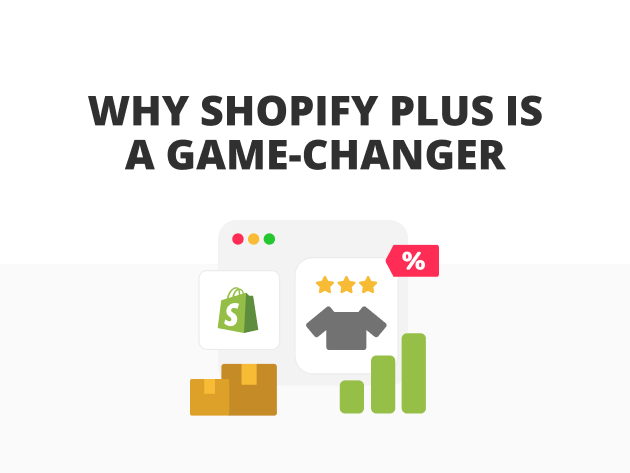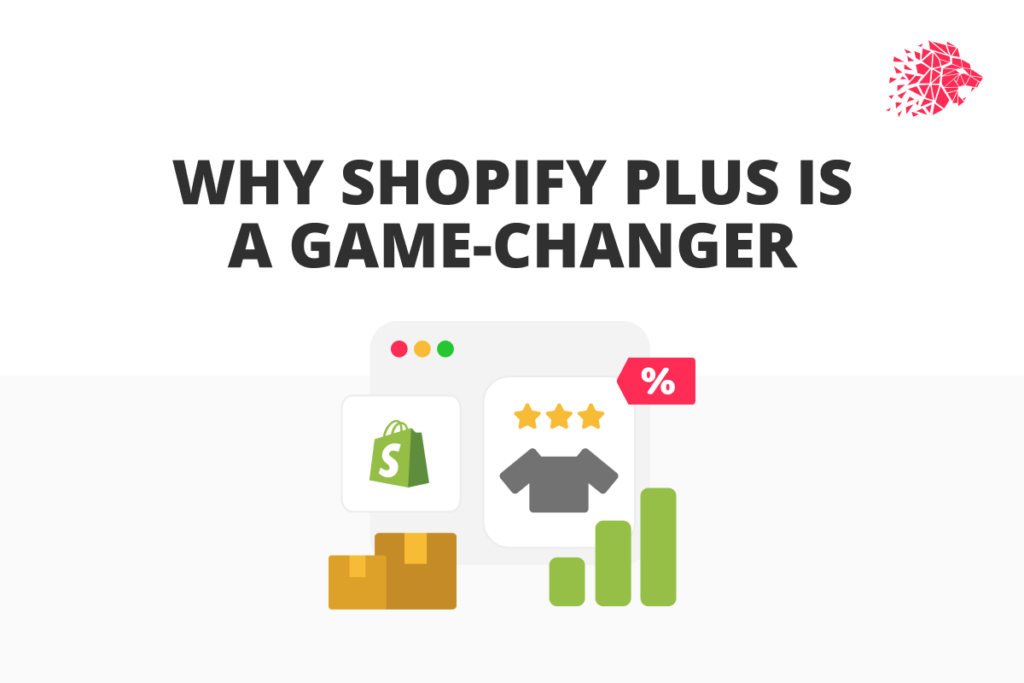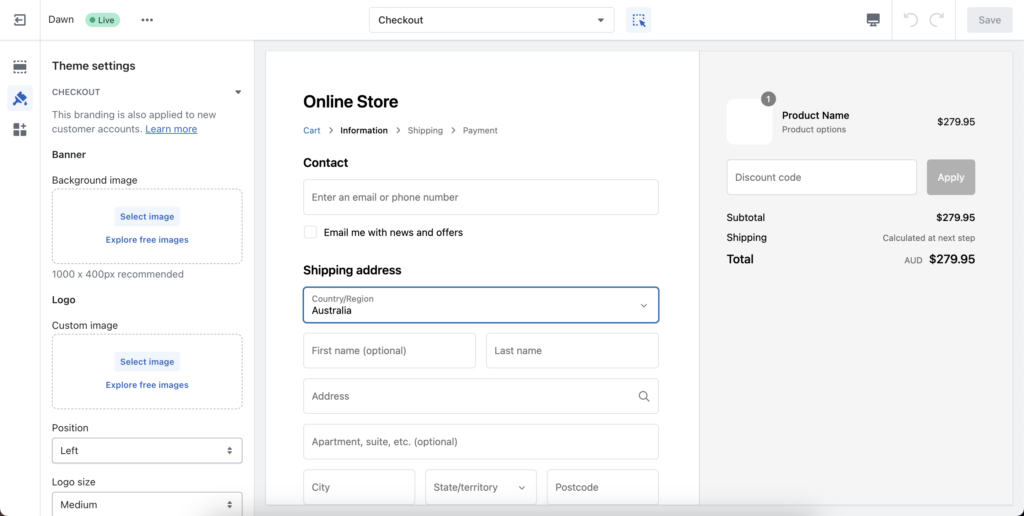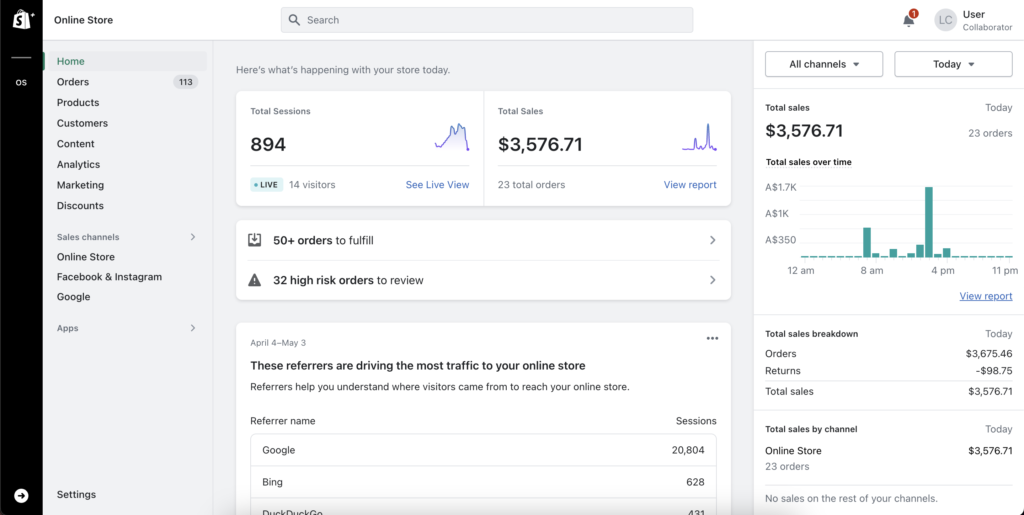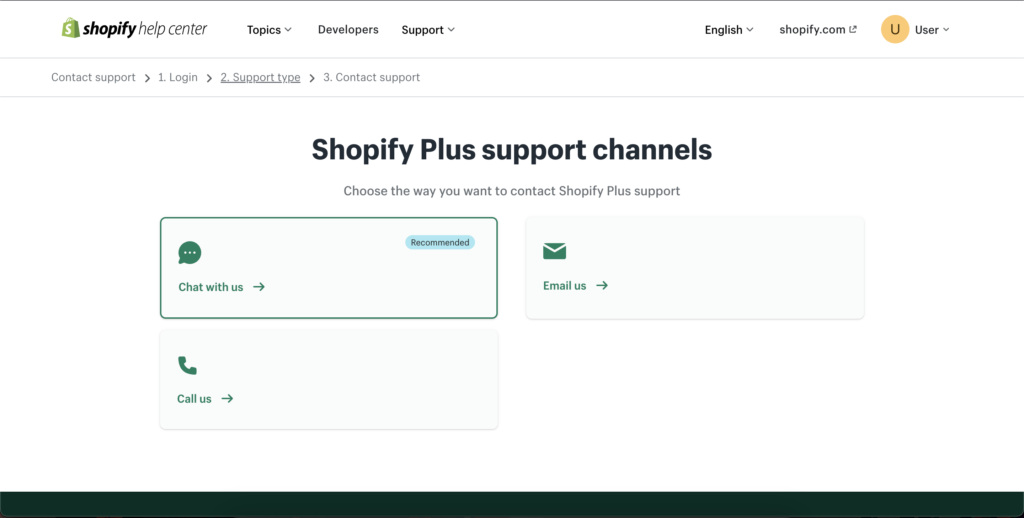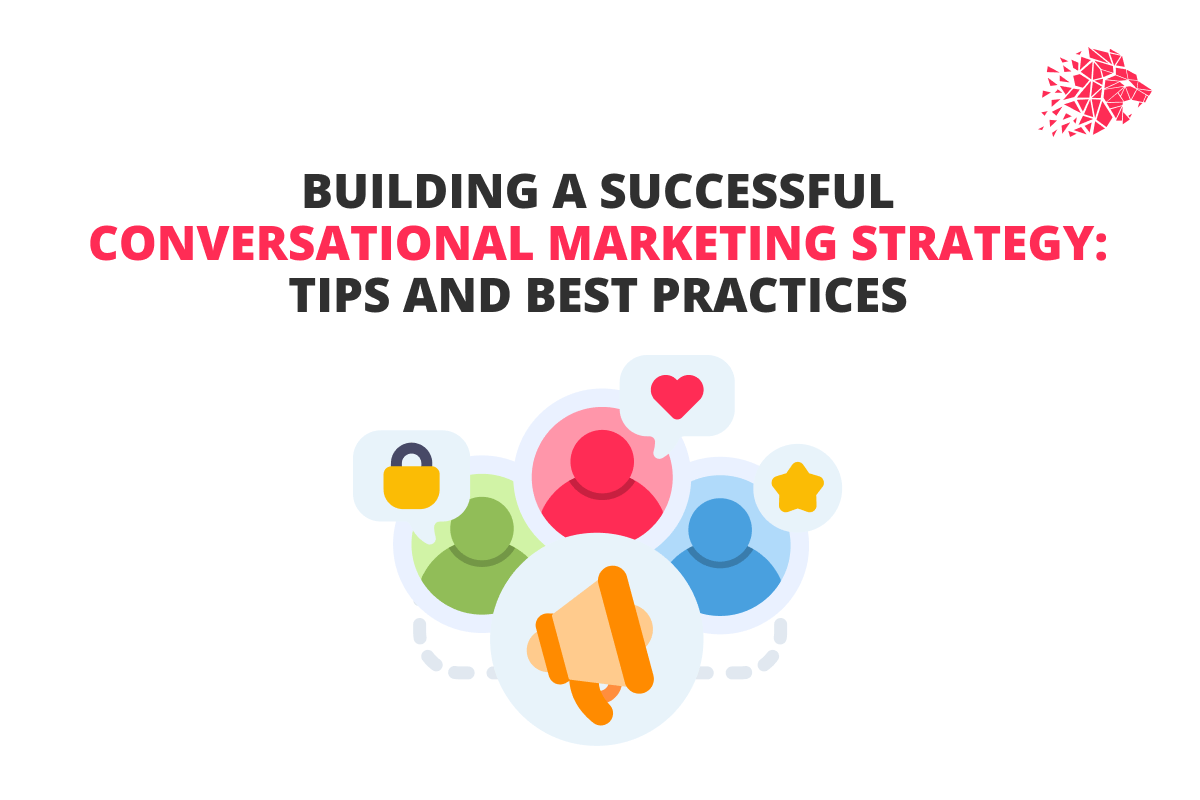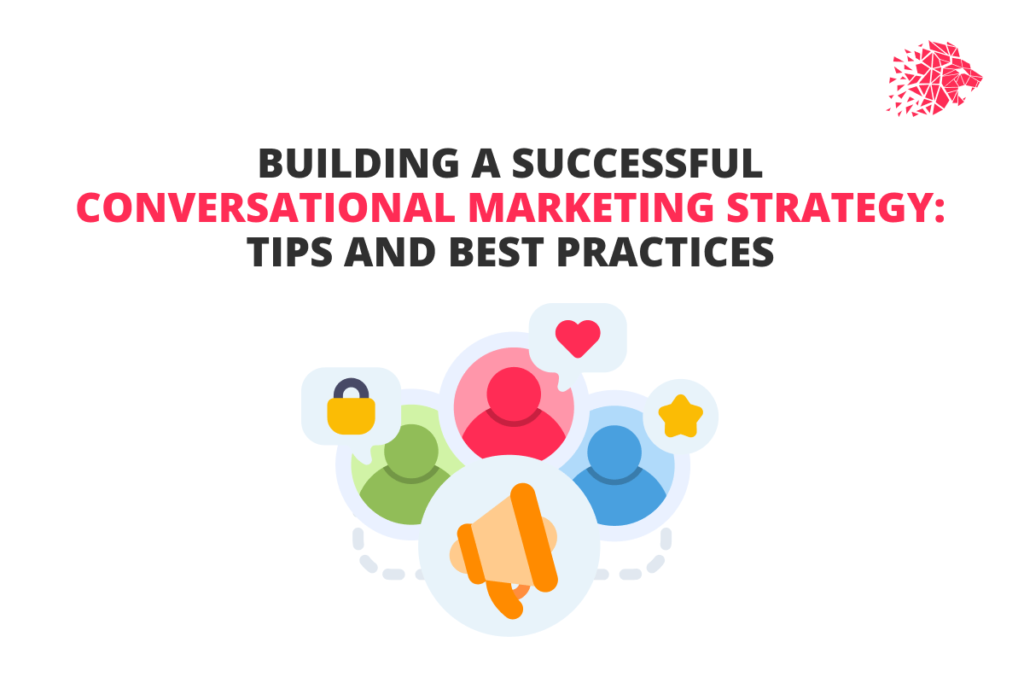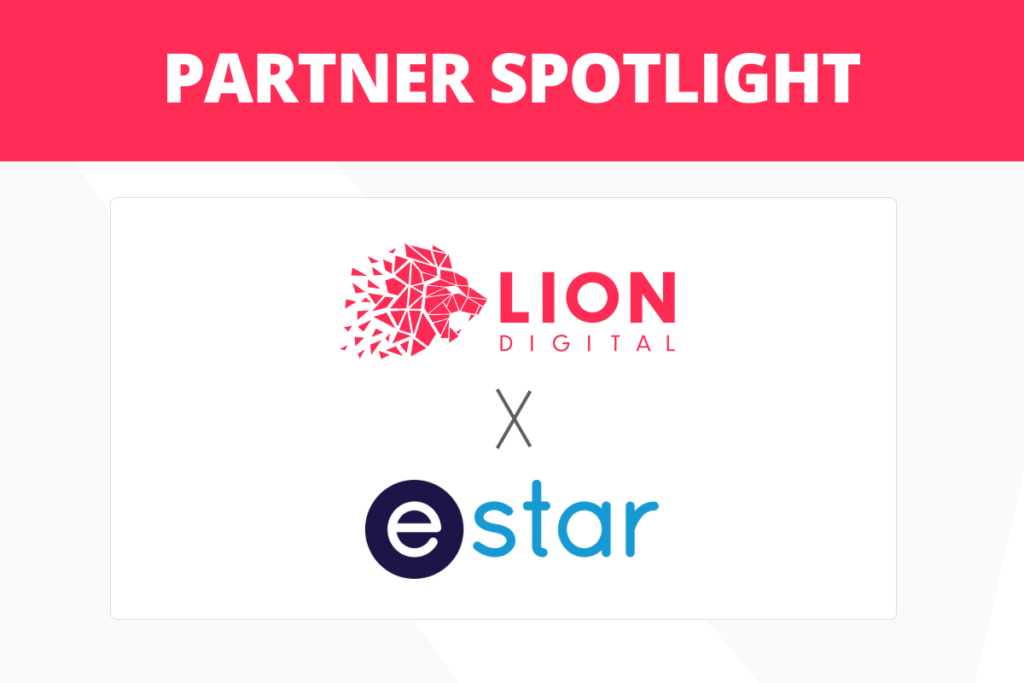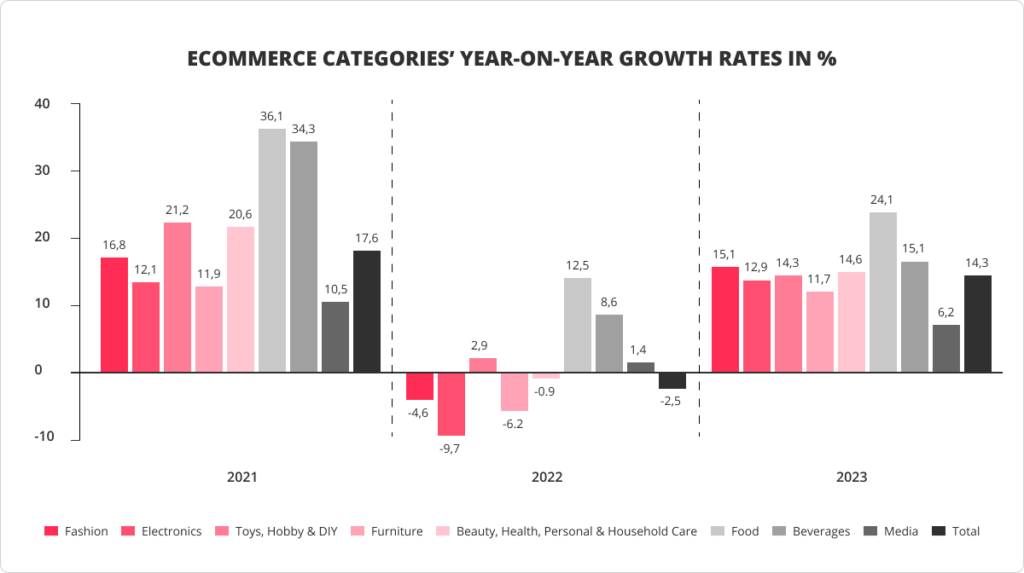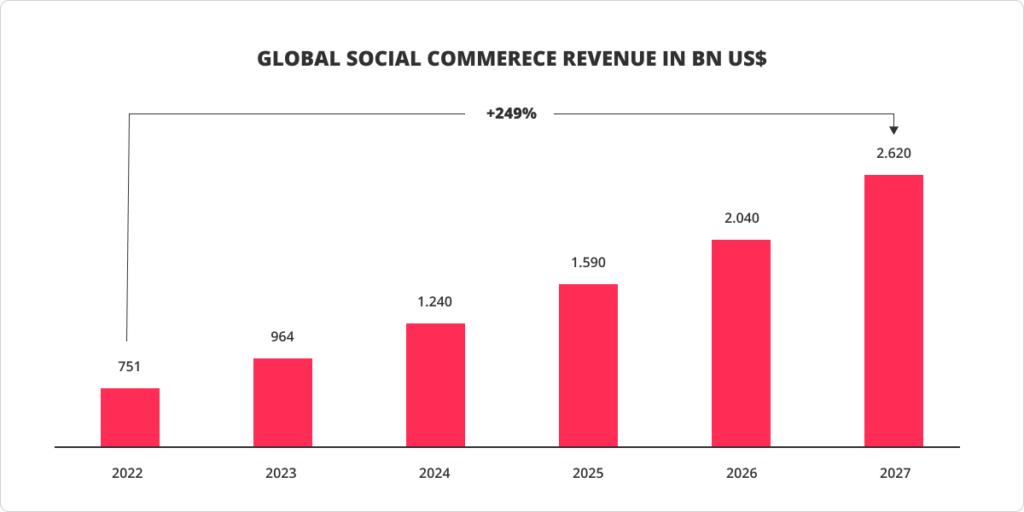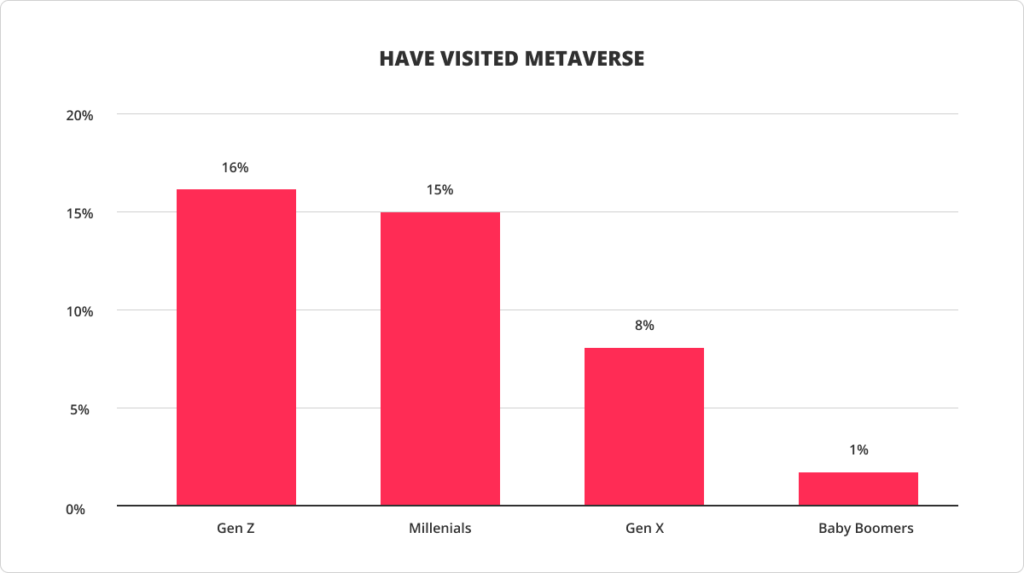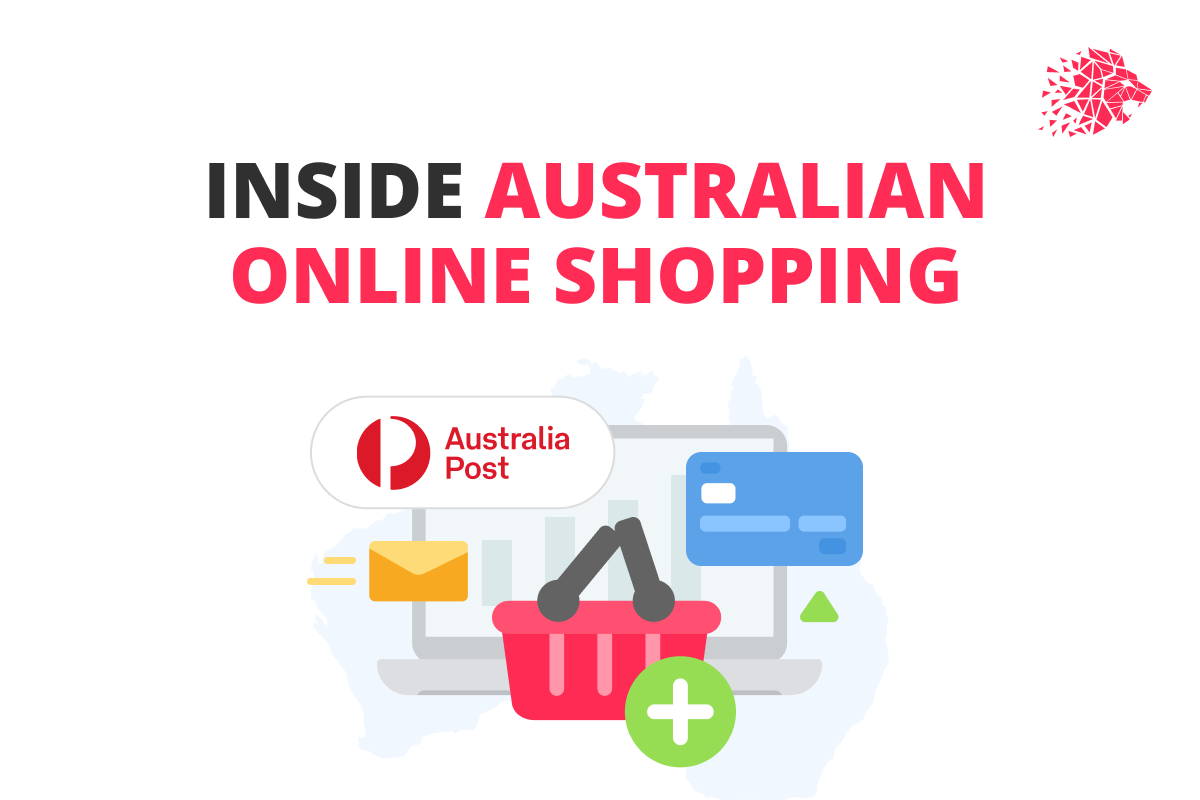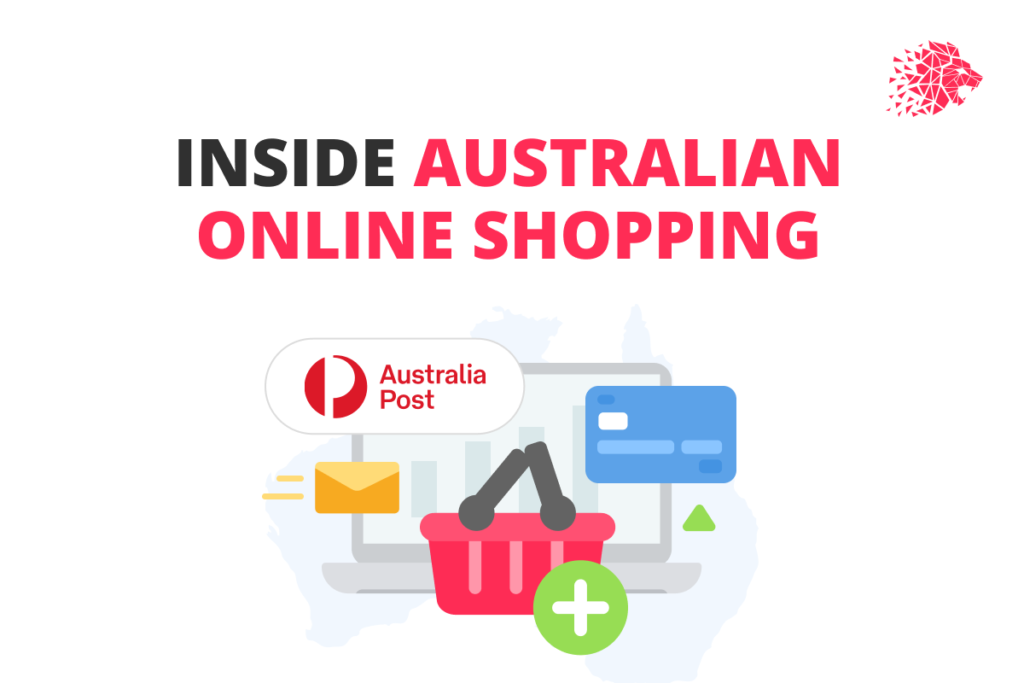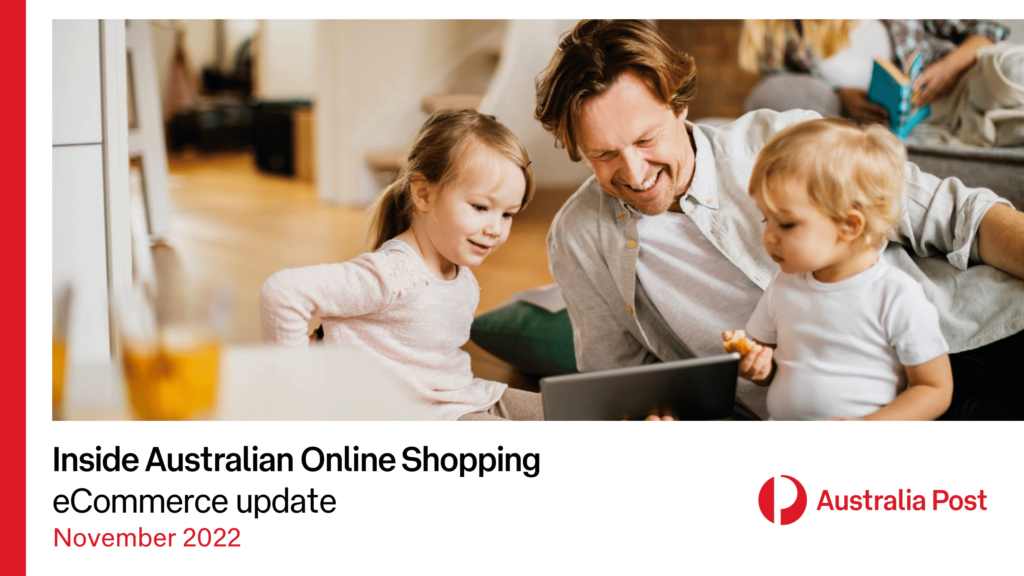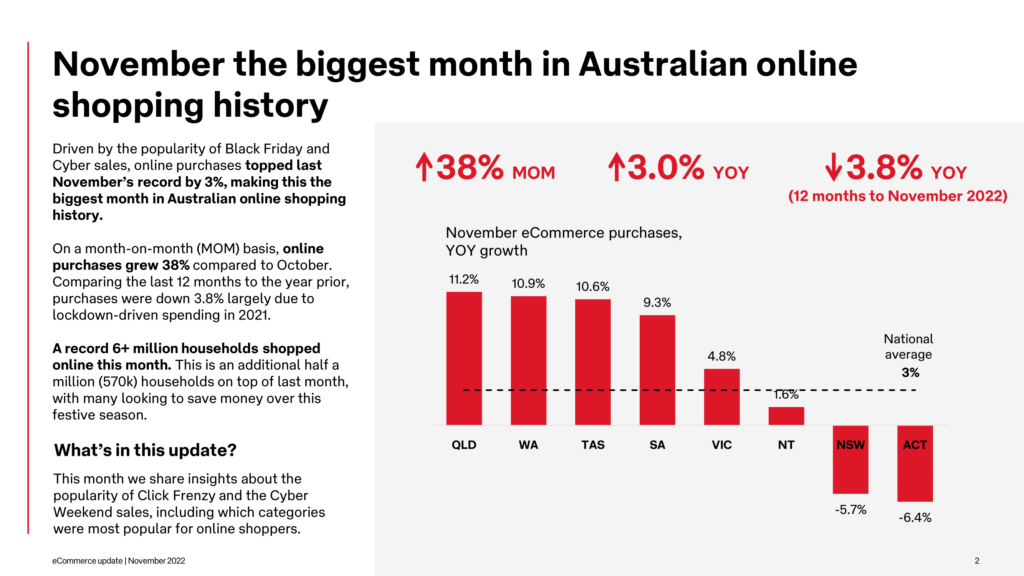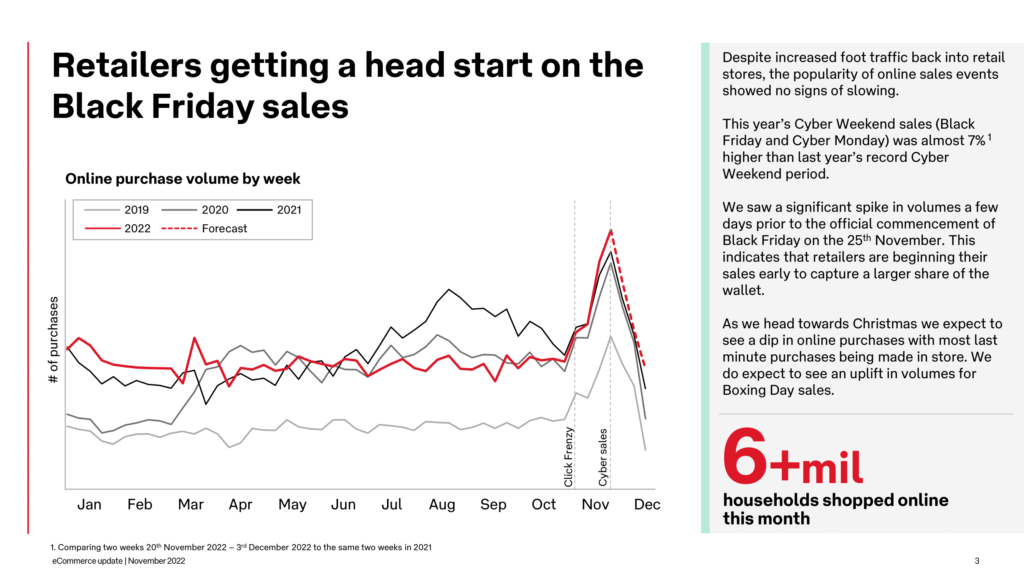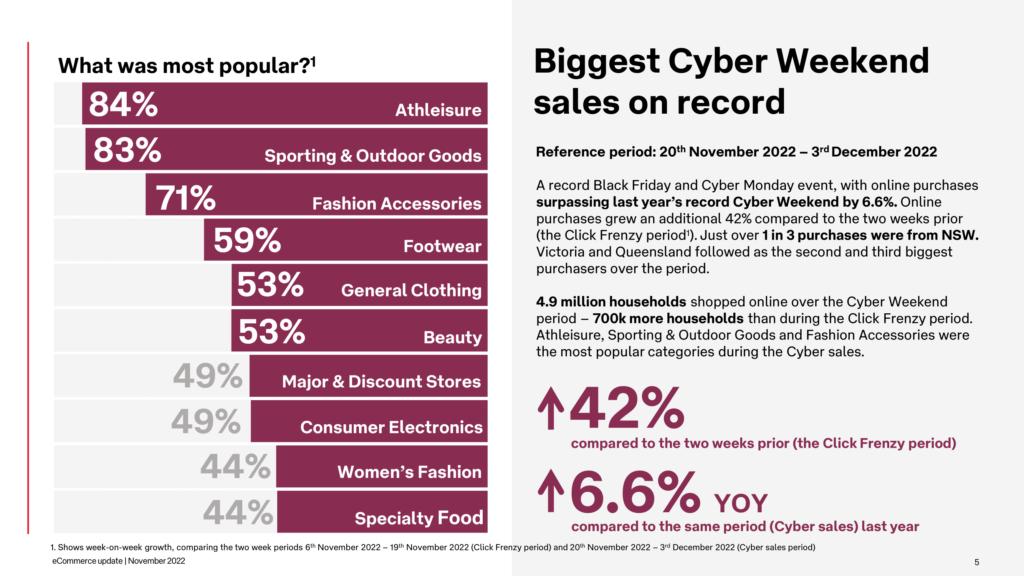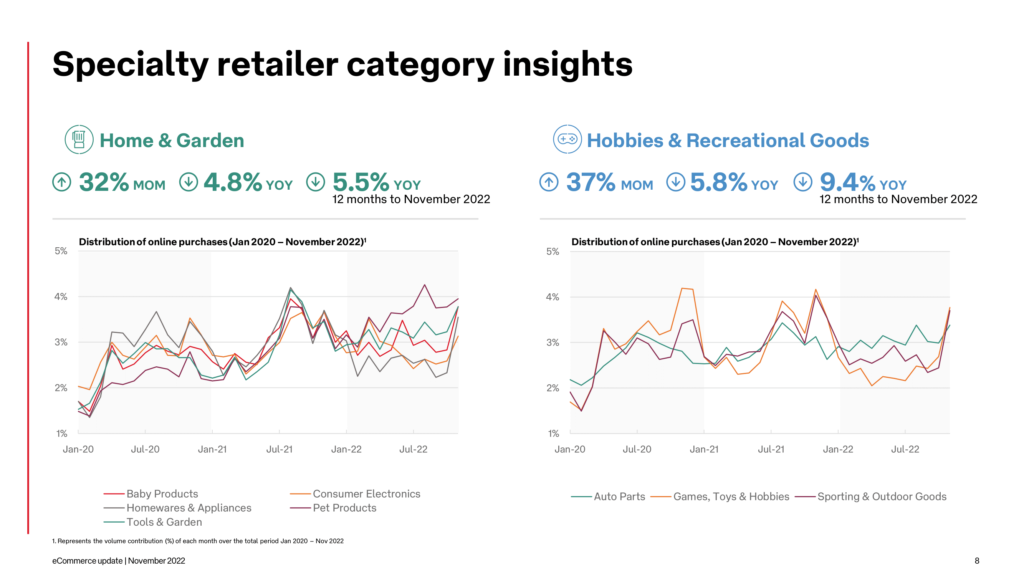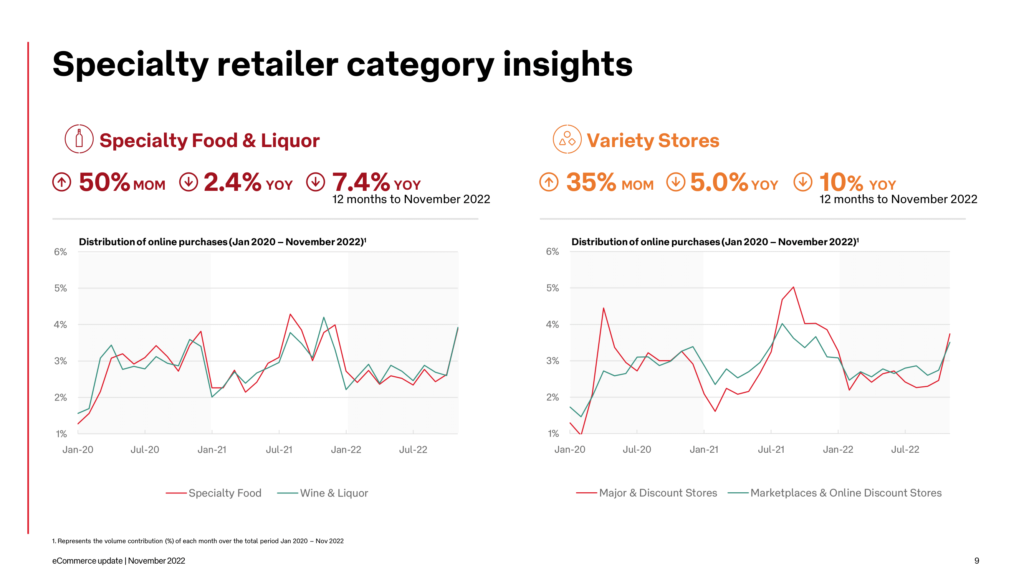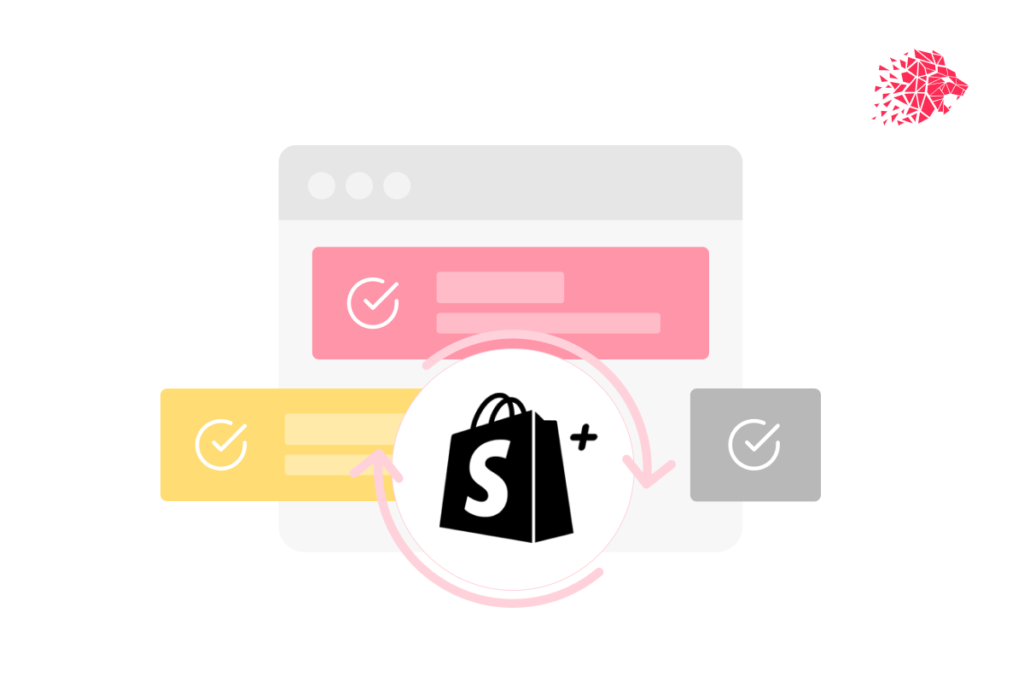
The eCommerce landscape is ever-evolving, so choosing the best strategies and tools to help you stay ahead of the curve is essential. When you need to move your eCommerce website to a new platform with improved features and performance to maintain your edge, make sure you’re choosing the best team for the job – LION Digital.
Here, we explore the complexities of migrating an existing eCommerce store to Shopify or Shopify Plus and how our LION Digital Shopify specialists can help you maximise the opportunity associated with this migration.
The Complexities of Shopify Migration
While moving to Shopify offers plenty of benefits, the process itself demands meticulous planning and execution. To maintain customer trust and prevent disruptions to your business operations, it is critical that we ensure the accurate transfer of data without loss or corruption.
Data Migration
One of the most crucial aspects of transitioning to Shopify involves migrating product data, customer information, and order history. Achieving a seamless transfer of this data requires careful planning and potentially custom coding to accurately map data fields.
Design and Theme
The visual appeal of your online store is important for attracting and retaining customers. While Shopify provides a range of customisable themes, recreating your existing design or optimising it for the new platform may require design expertise and time.
URL Structure
Changing URLs can have adverse effects on your store’s SEO rankings and traffic. Implementing correct 301 redirects and optimising the new URLs is vital to avoid losing organic search visibility.
Third-Party Integrations
If your current store relies on various third-party integrations for payment processing, shipping, or marketing, we must ensure they are working cohesively with Shopify. Some integrations might not be directly supported, which will then require custom solutions.
SEO & Ranking
Your store’s search engine ranking is the result of various factors. Moving to a new platform could impact your SEO. Properly managing metadata, keywords, and backlinks during migration is central to maintaining and/or improving your search visibility.
Shopify Migration Checklist
Migrating your eCommerce store to Shopify is a complex process, so make sure you have a well-structured checklist for a smoother transition. The team at LION Digital has compiled a comprehensive Shopify migration checklist to help you cover the essential aspects of the migration process.

By following this Shopify migration checklist, the team at LION Digital can help manage a successful transition to your new eCommerce platform while minimising disruptions to your operations.
Potential Challenges of Shopify Migration
A poorly executed migration can unravel your online presence. Therefore, understanding the potential challenges that may arise during the process is vital to ensure a smooth transition.
❌ Downtime and Business Disruption
Migration often involves taking your store offline temporarily, which may result in lost sales and eroded customer trust. Efficient planning and execution are essential for minimising downtime and managing customer interaction.
❌ Data Loss & Corruption
During migration, there’s a possibility of data loss or corruption, leading to inaccuracies in product listings, customer accounts, and order history. This could negatively impact customer satisfaction and loyalty, so protecting your online reputation is key.
❌ SEO Setback
Neglecting SEO considerations could cause a dip in your store’s search engine rankings, resulting in reduced organic traffic and sales. Our team can identify any potential setback and implement a management strategy to help avoid SEO setbacks.
❌ User Experience
Changes in design and navigation might temporarily confuse returning customers, and impact their shopping experience. Therefore, it is important to manage customer expectations surrounding the Shopify migration.
❌ Functionality & Feature Gaps
Despite Shopify’s broad range of features, certain functionalities specific to your previous platform might not be readily available. So consider a tailored plan for custom development work to return to former functionality.
❌ Cost Considerations
Shopify operates on a subscription-based model, and additional expenses might arise due to theme customisation and app integrations, so you need to consider hiring experts for coding or design assistance.
Rather than risking a DIY debacle, collaborating with an experienced agency such as LION Digital during your migration to Shopify can greatly reduce the fallout from any complex technical hurdles and create a smoother transition for your business and customers.
Handing Over Your Migration to Shopify Specialists
Successfully migrating your eCommerce website to Shopify is supported by partnering with the Shopify specialists at LION Digital, who hold the experience, customer and technical know-how to ensure your business breezes through this complex transition.
Our recognition as a Shopify Plus Partner is a testament to our expertise in conducting thorough and effective Shopify migrations. This partnership cements our position as an industry specialist, allowing us to offer expert Shopify implementation and management strategies.
✅ Expert Proficiency
LION Digital is an eCommerce agency, delivering top-tier eCommerce solutions in a complex and highly competitive marketplace. Our specialists possess in-depth knowledge of the nuances of Shopify Migration to help your business transition seamlessly.
✅ Bespoke Approach
We acknowledge that every business is different. Our team will identify your unique requirements before customising the migration process to resonate with your brand identity and business objectives.
✅ Data Integrity Assurance
Data forms the lifeblood of your eCommerce venture. With LION Digital, we undertake best practice procedures to ensure the integrity of your data and reduce the possibility of loss or corruption.
✅ Minimal Downtime
Our streamlined migration process ensures minimal disruption for your online store, creating ease of flow during the evolution of your business.
✅ Sustained Post-Migration Support
Our indexed procedures don’t just end once Shopify is up and running. At LION Digital, we offer ongoing support to tackle potential challenges and ensure consistent operations.
By choosing LION Digital as your eCommerce partner, you’re tapping into a wealth of experience that’s backed by Shopify-endorsed success for your business.





